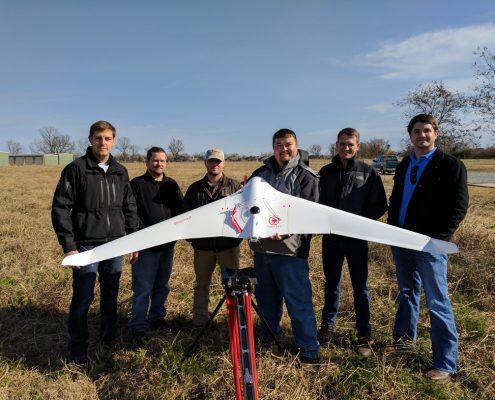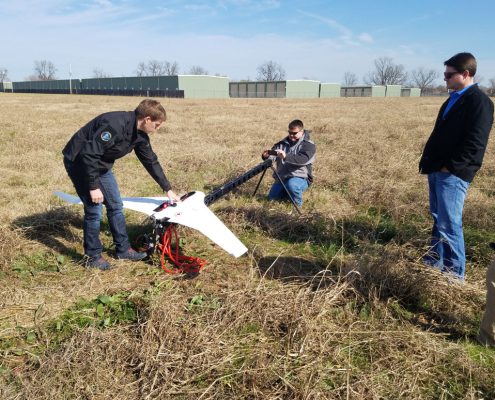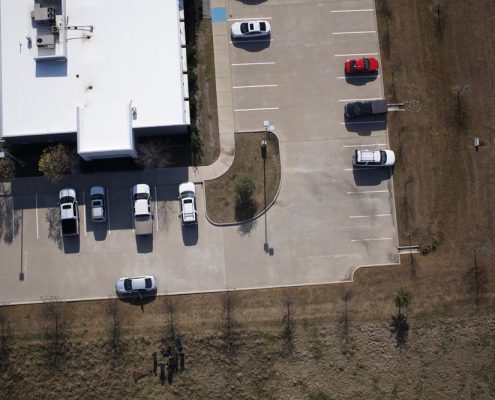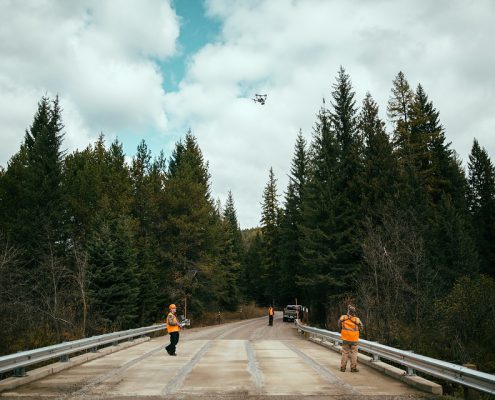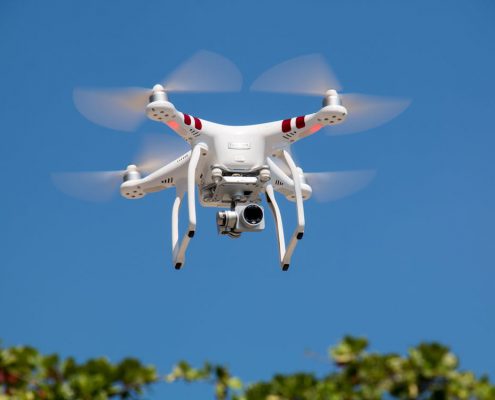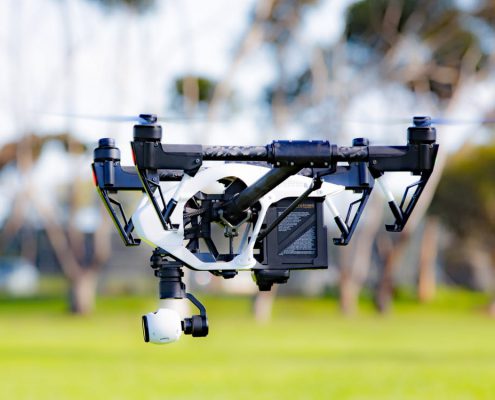Aerial Mapping With Drones – Does It Make Sense For Your Project?
Drone technology is the latest in land surveying, but does it make sense for your project? If you’re looking for an aerial data service and considering the use of UAVs, you may want to learn more about the UAV process and whether other options would be better for you. Here are a few questions to ask yourself about your project before you commit to any type of aerial surveying.
Questions to Ask When Selecting an Aerial Data Service
How quickly do you need the survey?
If you need your survey fast, use a drone. Drones are fantastic if you need a fast turnaround time. Not only can they be deployed almost immediately, but they will be able to scan and report the data back quickly. And at Landpoint, your data will also be analyzed quickly in-house. Aerial mapping with drones is typically the fastest option when you have relatively small areas that you need to be surveyed.
What are the current weather conditions?
If there are high winds involved, then you may not be able to send out drones. Drones cannot function in high wind, significant rain, or storms, because they are light and get blown around. In high winds, helicopters usually make sense. They are more affordable than airplanes, but they can stabilize themselves even in fairly poor weather (UAV technology has advanced to the point where light winds are usually not an issue).
How large an area do you need to cover?
While drones can cover fairly large areas quickly, a very large area may call for an airplane survey instead. Airplanes can cover large tracts of land faster, which is important for general purpose surveys of significant chunks of property. However, since an airplane does need to fly higher than a drone, you a may not get as high-resolution imagery as you would using drone technology.
What is the terrain like?
UAVs, helicopters, and airplanes all do well with rough terrain. When you need detailed data from, say, inside a canyon, however, then drones are going to be the best bet. Drones can survey close to the ground and can take detailed, high-resolution scans of rugged areas. While the same LiDAR technology can be used on both helicopters and airplanes, they just can’t reach as close to the same terrain and consequently can’t deliver as accurate results.
How much have you budgeted for the survey?
If you want to save money, aerial mapping with drones makes sense. Drones are the most affordable type of survey out there. Both helicopters and planes naturally cost more because they involve larger crew as well as more substantial risk, as the crew could potentially get injured if the aircraft gets damaged. Regardless of the cost savings, though, the technology that is used to capture the survey data is separate; a reduction in the budget doesn’t mean a reduction in quality.
Are there any anti-drone regulations in the area?
Some areas have enacted regulations against drone flight. If drones aren’t allowed to fly in the area that you want to survey, it makes more sense to use either a helicopter or an airplane. With some anti-drone regulations you may be able to get a permit for the flight and the survey; with others, it may just be faster to choose a different option.
There are many situations in which drones are the best option, but don’t forget that there are other choices, too. While there are many drone companies that have emerged within the last few years, there are fewer companies that offer all three different types of aerial survey. At Landpoint, drone, helicopter, and plane surveys are all available, all with high levels of reliability, accuracy, and speed. For a consultation regarding our aerial data services (and to find the option that’s best for you) contact Landpoint today.

